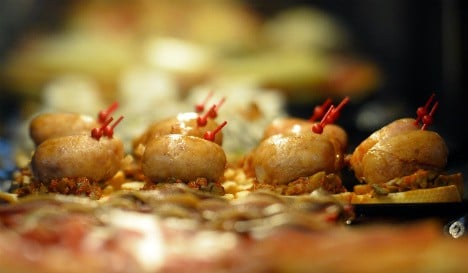
Photo: AFP
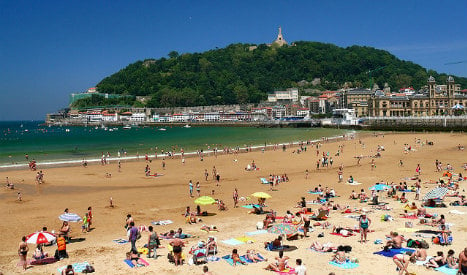
La Concha beach. Photo: dynamosquito/Flickr
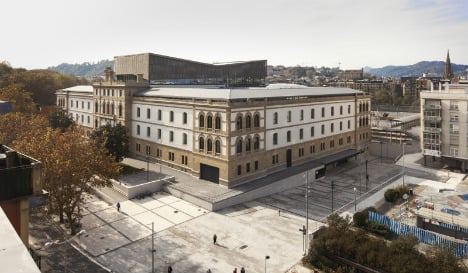
The Tabakalera in San Sebastián. Photo: tabakalera.eu
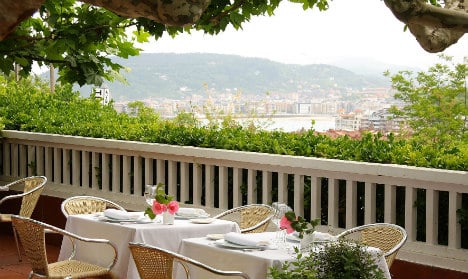
Photo: rekondo.com
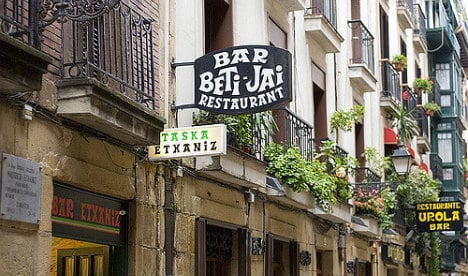
Head to San Sebastián's Old Town for some delicious pintxos. Photo: RStacker
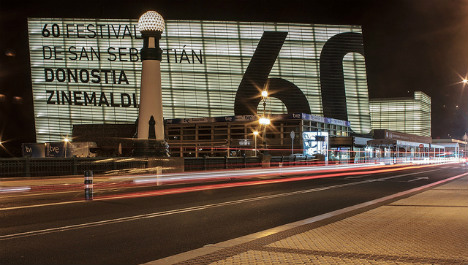
San Sebastián Film Festival. Photo: thierry llansades/Flickr
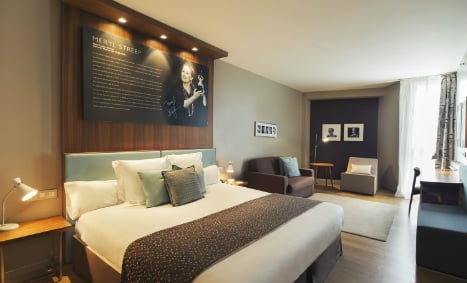
A Meryl Streep-themed room at Astoria 7. Photo: astoria7hotel.com
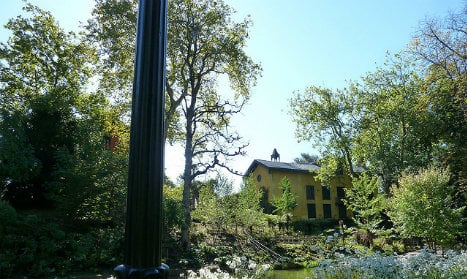
Cristina Enea park. Photo: mertxe iturrioz/Flickr
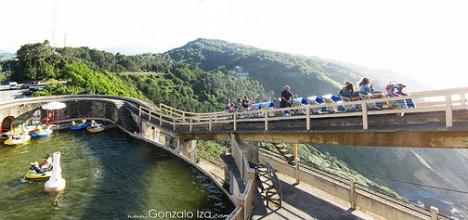
Photo: GonzaloIza/Flickr
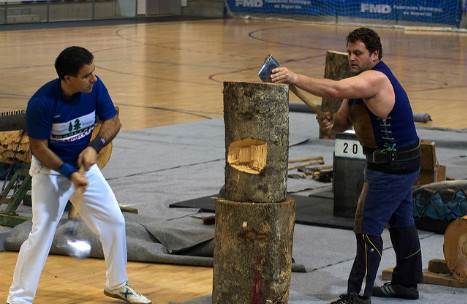
Wood chopping is a Basque sport. Photo: Emilio del Prado/Flickr



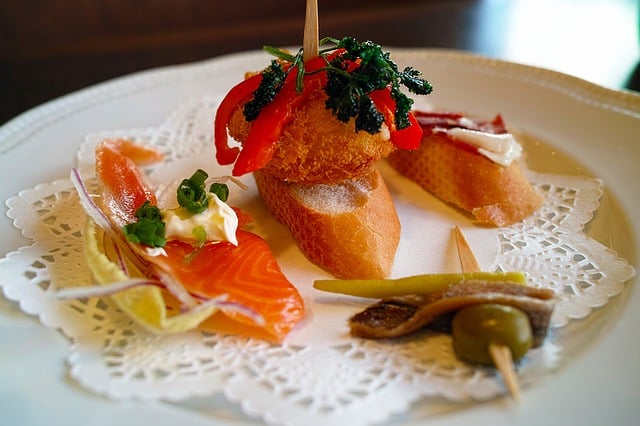
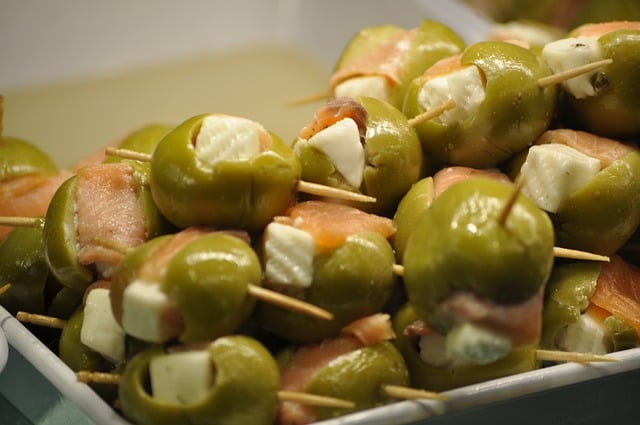
 Please whitelist us to continue reading.
Please whitelist us to continue reading.
Member comments